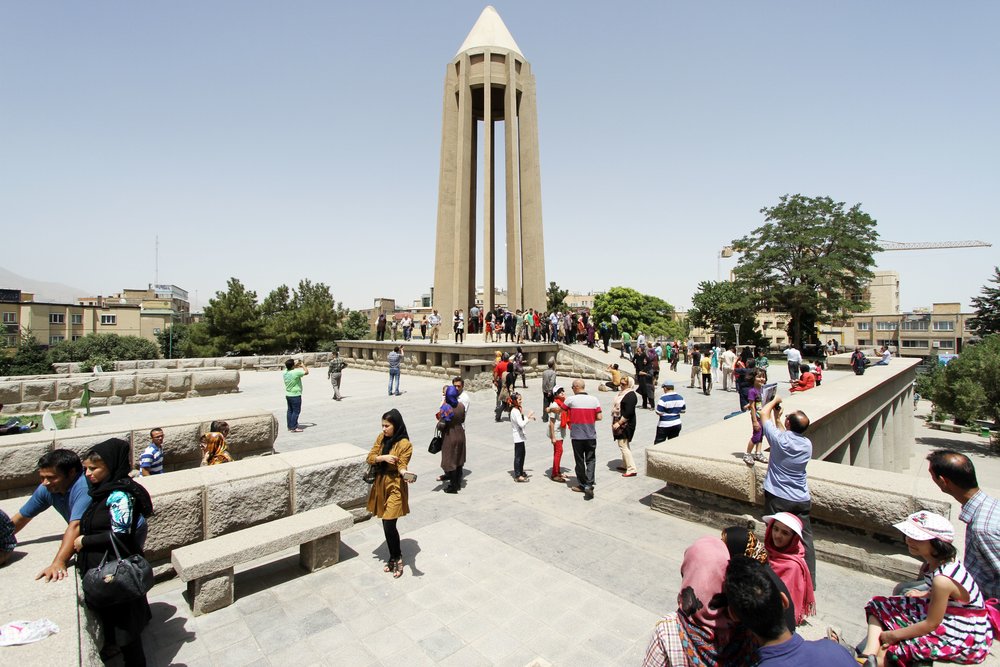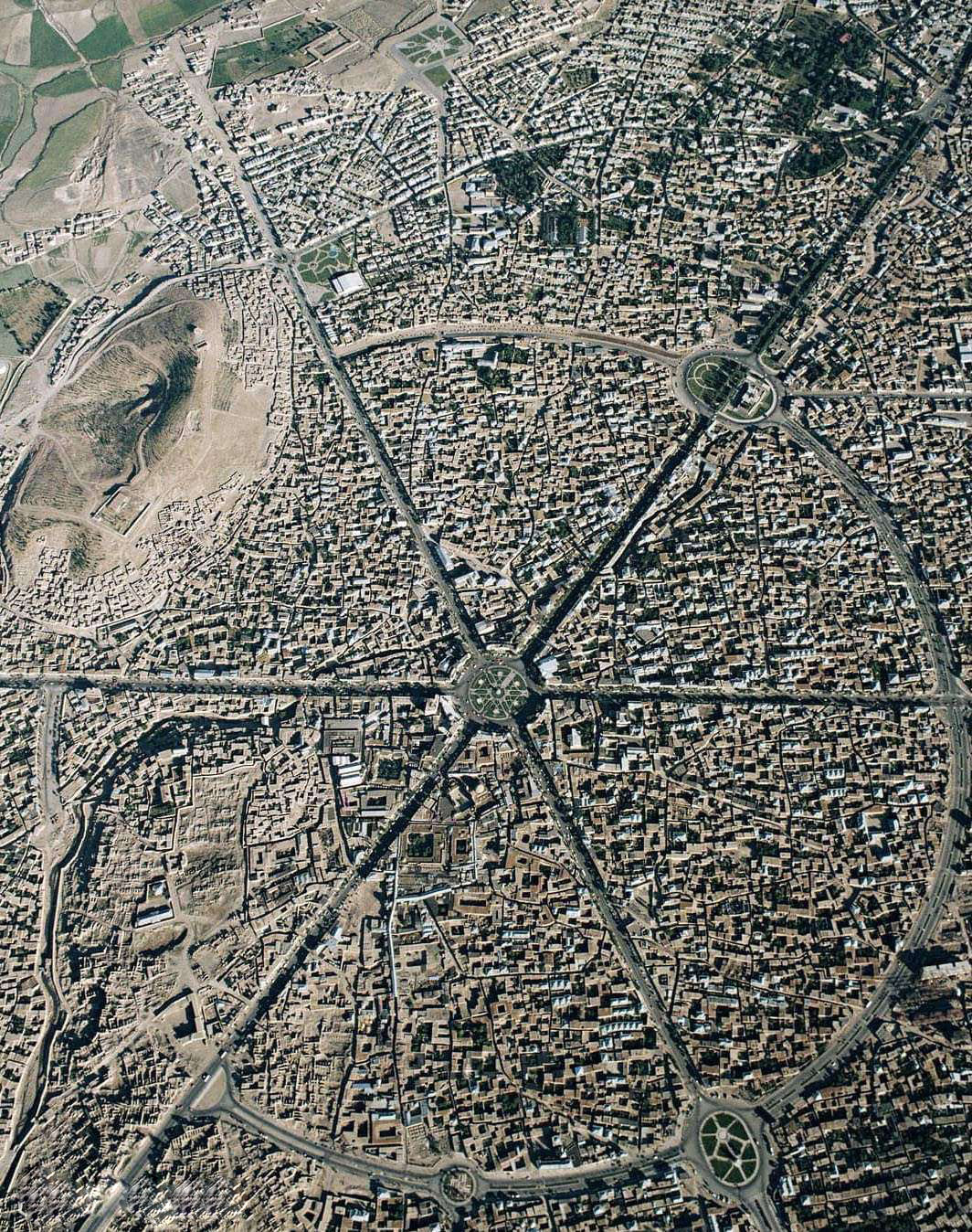Hamadan City is the capital of Iranian civilization and history, so it is particularly important. Many tourists visit Hamadan province annually and visit this city’s tourist and historical attractions. The historical places in Hamadan are so wide that it is impossible to see them all during the day. In addition, Hamadan city is located in the highlands, so it has a unique climate. Hamadan province is very suitable for winter sports because the surrounding mountains are full of snow.
The summer weather is so pleasant that you don’t even realize it is summer! Tuyserkan (Persian: تويسركان, also Romanized as Tūyserkān, Tooyserkan, Tūīsarkān, and Tūysarkān), Malayer (Persian: ملایر Romanized as Malāyer), Nahavand (Persian: نهاوند, Romanized as Nahāvand / Nehāvend), and Kaboudar Ahang (Persian: کبودراهنگ, also Romanized as Kabūd Rāhang, Kabood Rahang, and Kabūd Rāhang; also known as Kabūtarāhang) are among the cities of Hamadan province that feature unique sights.
This Iran Travel Guide Center article continues so we will know Hamadan city and its tourist attractions.
What is the location of Hamadan city?
Hamadan province is in the west of country Iran. Among its neighbors are Lorestan in the south, Zanjan in the north, Markazi in the east, and Kermanshah and Kurdistan in the west. Hamadan city has an altitude of 1741 meters above sea level, and Alvand Mountain, at a height of 3574 meters above sea level, is the highest point in Hamadan province.

It is located 18 kilometers to the west of Hamadan City. The Alvand Mountain is approximately halfway between Tuyserkan and Hamadan cities.
A Brief History of Hamadan City
Hamadan city has a history of several thousand years and is one of the oldest cities in Iran. Before the arrival of the Aryans in Iran, this city was inhabited by people from the Kassian tribe.
Great historians such as Herodotus say the town of Hamadan city was founded during the reign of Diaco in the Median dynasty.
The city of Hamadan played a major role in the Achaemenid period. The ancient town of Hegmataneh (Ecbatana) underwent fundamental changes, and many fortifications were constructed. Cyrus the Great defeated the Median king in 550 BC. He established Hegmatane as his capital—the inscriptions on Ganjnameh tablets, resin tablets, and many historical Hamadan destinations date from that time.
Hegmataneh fell to the Muslims following the Arab invasion. Hamadan city was also the summer capital of the Parthian kings. The city has many historical monuments dating back to the Sassanid era.
The climate of Hamadan city
Due to its high altitude and the Zagros and Alvand mountains, Hamadan has a cold and mountainous climate. Large plains exist in the northern regions of the province, which causes strong winds. In some parts of this province, the air temperature reaches 30 degrees below zero. Hamadan city has an average temperature of 11 degrees above zero, which is very pleasant. It is also due to the high rainfall all year round that this city has a Spring climate. Hamadan City receives about 317 mm of rain annually, ideal for growing agricultural and horticultural products.
Historical Attractions of Hamadan Destinations
Regarding historical tourist attractions, Hamadan is one of the richest provinces in Iran. A few Hamadan destinations include the tomb of Baba Taher, a famous Iranian poet, and the renowned scientist Abu Ali Sina, which frequently has many tourists waiting in line to see them. Bu Ali Sina’s tomb is also known for its architecture and general appeal.

Bu Ali Sina’s tomb has 12 columns, each representing one of the sciences he mastered. Also, a stunning piece of poetry by Bu Ali Sina hangs above the entrance door.
There are numerous historical monuments in Hamadan city, including the Stone Lion, Hegmataneh Hill, Alavian Dome, Ghorban Tower, Imam Square, Qala Bath, and Hamadan Historical Bazaar.
Like the Hossein Khani, the Sharifieh, the Zaghali, the Mirza Kazem, and the Yaghoub Yari inns, various caravanserais can also attract domestic and foreign tourists.
Additionally, ancient and lush gardens in Hamadan province have helped the region reach the top of Iran’s tourism list, like Nazari Garden and Etemadiyeh Garden.
The Natural Hamadan Destinations
Hamadan city has a pristine and unique nature due to its geographical location. We will get acquainted with Alisadr Cave in more detail in the following sections of this article; it is one of Hamadan’s most significant natural attractions. Other natural attractions include the Ganjnameh waterfall, ski slopes, Qarachai River, Aq Qaya Cave, and Qaleh Jogh Cave. Hamadan’s Ganjnameh waterfall originates in the Zagros and Alvand mountains. Its height is more than 12 meters.
If you choose winter, you will see this waterfall frozen, with beautiful chandeliers, ideal for ice climbing. In 2008, this waterfall was listed among Iran’s natural monuments.
Cave of Alisadr
Ali Sadr Cave is one of the most famous places in Iran and the world. It is the largest water cave in the world where you can go boating. Upon entering the cave by boat, the walls and roof are so beautiful that many tourists consider it the most beautiful cave in the world. Ali Sadr Cave is located in Ali Sadr village and Kaboudar Ahang city, about 75 kilometers from Hamadan. It has a height of 1900 meters above sea level, and the size of the water in some parts is over 10 meters. It is a stunning cave, so don’t miss it!
You can visit all these spectacular and attractive attractions when you visit Hamadan and begin your journey to this pristine and stunning region. All you need to do to travel to Hamadan is buy a plane ticket and start your trip to Iran.




No comment